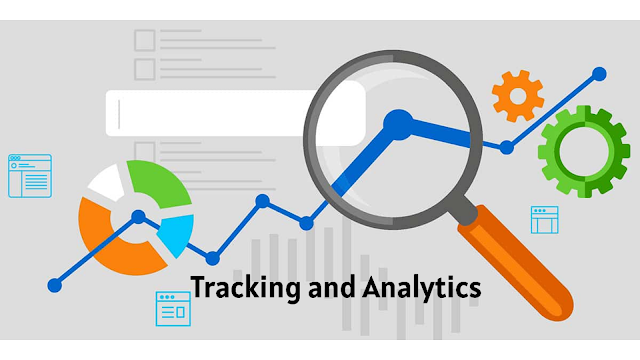
Email Marketing: Tracking and Analytics
Although the first two priorities of the email marketer are to build and grow a top-notch email list and please the subscribers on the list, email marketing analytics ensure that efforts to engage the subscriber are working. The most successful email marketers know that tracking and analyzing the performance of their campaigns is vital to reaching the top of their game and staying on top. It is through the use of email marketing metrics and analytics that you can tweak your marketing strategies for optimal results and a bigger response.
Email marketing analytics helps you gain a better understanding of the behaviour of the subscribers on your list by giving you knowledge of the products and services that subscribers have taken advantage of in the past, what reasons the subscriber had for showing interest in a particular product or service, and what the buying intentions of the subscriber are. This information is most easily gathered through the employment of marketing analytics and customer analytics - and both are rudimentary to strategizing the best route to engage the subscriber.
 Marketing Analytics
Marketing AnalyticsWhen looking at marketing analytics, the email marketer must make certain that the marketing campaign is interactive from its beginning. It is crucial that a system is in place to monitor campaign performance and sales performance. By applying appropriate metrics, you can get a good understanding of how well your campaign is received. For example, when monitoring conversion, your goal is to scrutinize what types of conversion yield the best results - whether it is opt-in conversion, event registration, or others. When you analyze data on traffic through your website, you can examine the results of SEO, banner or print ads, press releases, article marketing, and more. Good analytics allow you to analyze buyers by region, product or service offered, time, and other factors to determine what strategies work and which are the best.
 Customer Analytics
Customer AnalyticsCustomer analytics allow you to determine the existing behavioural tendencies of your subscribers as related to a product or service. Using customer analytics, you can match the correct market segmentation with the appropriate subscriber to predict the probability of response that you will receive from your current email campaigns. Customer analytics allow you to better personalize the email messages that you send out to meet the immediate needs of the subscriber while giving you a window into the best way to approach your customer and even the timeframe that you should follow to launch your campaign.
 Tracking and Reporting
Tracking and ReportingEmail marketing analytic software can allow you to track your email campaigns in real-time. Let's look at the hallmarks of a good software package for email tracking and reporting.
- Overall performance tracking - allows you to view the percentages of opens, clicks, bounces and subscribers that opt-out (unsubscribes), conversions, sales, forwards, and non-responsive subscribers.
- High performing lists - instantly track the response rates for each of your email lists. This allows you to send targeted follow up messages.
- High performing links - instantly see the top-performing links that were clicked on most for the campaign.
- Campaign comparison - allows you to compare current campaigns with previous ones to determine the trends that yielded the biggest response.
- Click-through performance - gives you a view of the total number of clicks for all email links to see which work the best for your campaign.
- Domain tracking - allows you to view sent, open, click, bounce, and unsubscribe statistics for the top domains that you have sent emails to.
- Click-to-conversion statistics - gives you vital information about what happens after the email is clicked on so that you can determine traffic to our site from the subscriber's email click.
- ROI tracking - compare the cost of the email marketing campaign to the sales that it helped produce.







